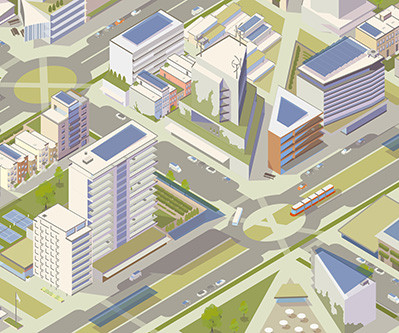Can Cities Be the Source of Scalable Innovations?
Stanford Social Innovation Review
MARCH 23, 2023
And the US Green Building Council (USGBC), an intermediary promoting energy-efficient construction, developed guidelines and rating systems for sustainable cities and neighborhoods. From Experimentation to Diffusion of Urban Innovations The innovative role of dynamic cities has been referred to as government by experiment.



















Let's personalize your content